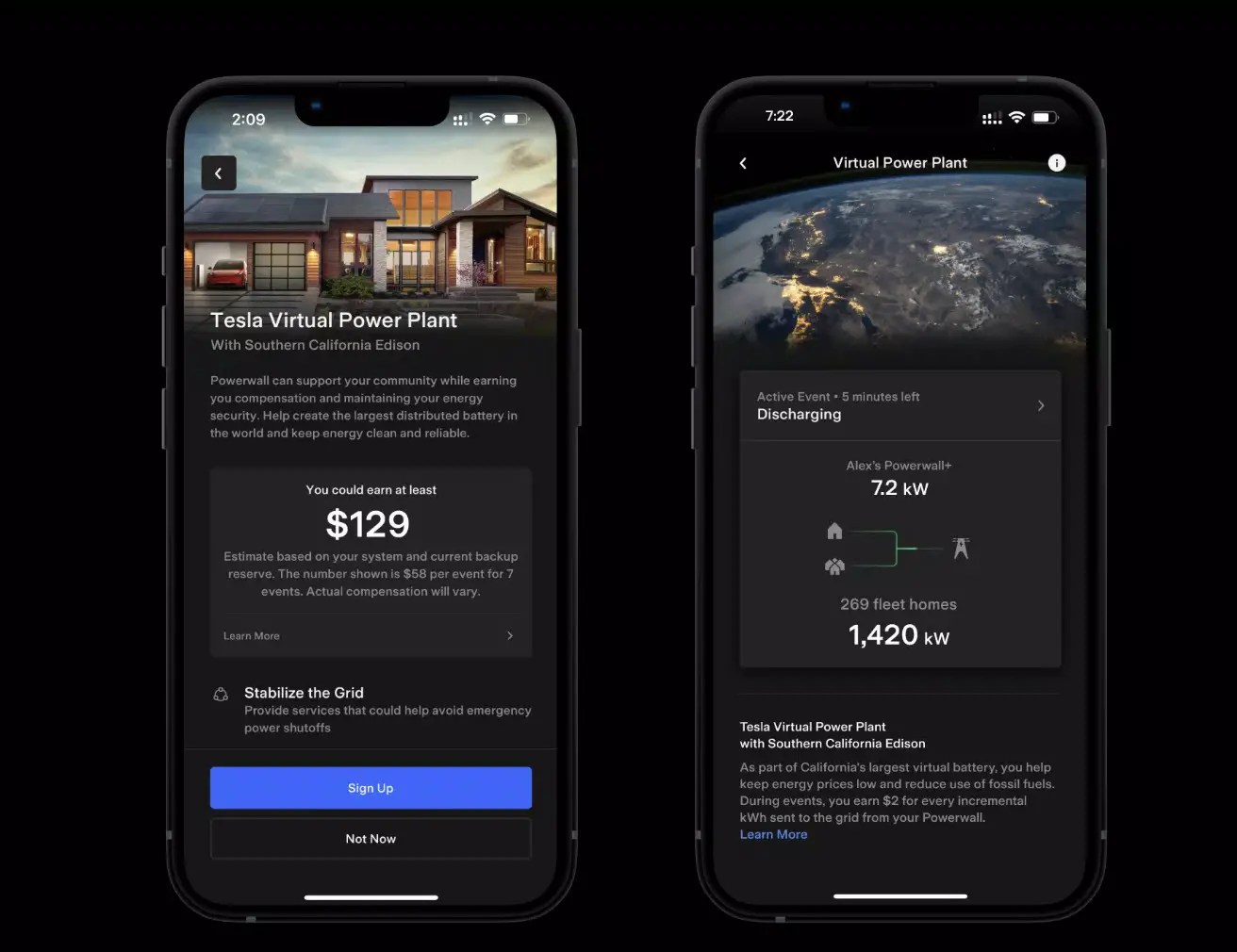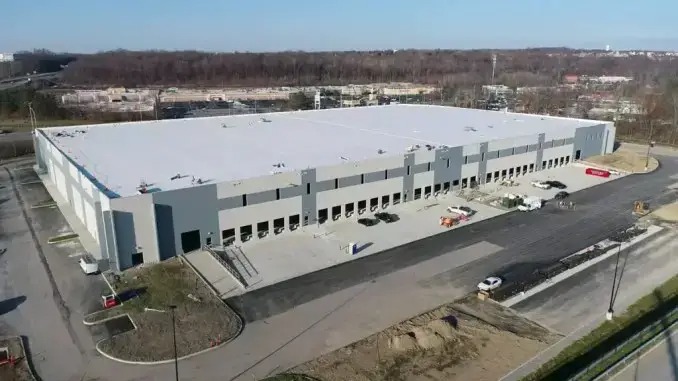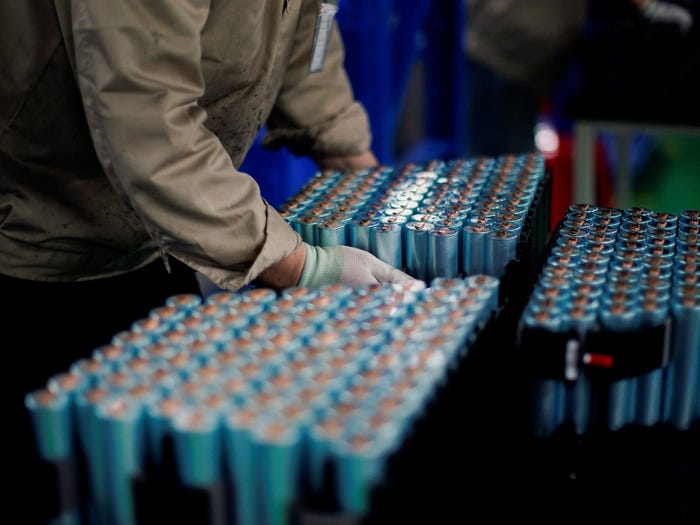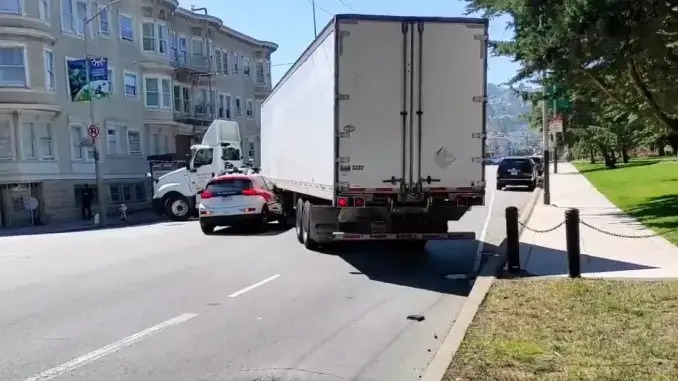Tesla and EnergyHub have forged an alliance to introduce a groundbreaking virtual power plant (VPP) in the Northeastern United States. This initiative, touted as the largest of its kind in the region, aims to offer residents of Massachusetts, Connecticut, and Rhode Island enhanced energy solutions.
Tesla’s track record in establishing VPPs across the US is noteworthy, particularly in California where partnerships with PG&E and SoCal Edison have yielded successful outcomes over recent years. Now, extending its reach to the East Coast, Tesla is collaborating with EnergyHub to introduce a new VPP.
See also: Gogoro and Enel X Join Forces to Create Virtual Power Plant in Taiwan
The heart of this program lies in the participation of Tesla Powerwall owners, who stand to reap substantial rewards by contributing the benefits of their battery systems to the grid. These rewards can amount to up to $1,500 annually, contingent upon the size of the battery and the resident state, as outlined by EnergyHub. Enrolling in the VPP program is facilitated by an intuitive in-app interface, streamlining the registration process. This interface empowers participants by offering a comprehensive view of their energy contributions to the grid, enabling them to ascertain the precise amount they will receive from their utility provider.
Matt Johnson, EnergyHub’s Vice President of Business Development, emphasized the importance of seamless enrollment, asserting that it is a pivotal factor in scaling up battery storage resources and channeling the advantages of VPPs into the grid. Johnson noted that customers’ ability to comprehend their contributions to the grid and the subsequent rewards is facilitated by the partnership with Tesla, ensuring transparency and visibility.
See also: German Solar Company Sonnen Expands Virtual Power Plant to Include Electric Cars
Upon successful enrollment, participants become integral to the ConnectedSolutions program. Here, Tesla Powerwall batteries assume the role of supporting the grid during periods of elevated demand stress, typically spanning from June to September. To address the grid’s demands, the program strategically dispatches batteries, activating them up to 60 times per event, with each event lasting a maximum of three hours. During these events, participants are not required to manually intervene, as Tesla Powerwall units autonomously respond to stabilize the grid.







